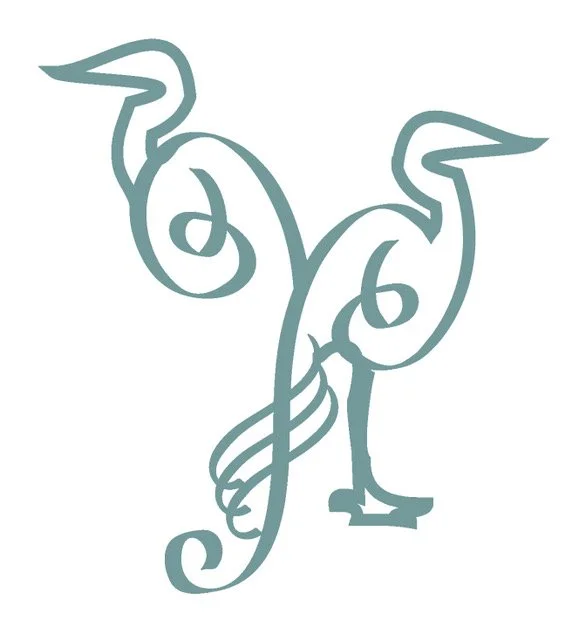What's the deal with Taxes?
Ever wondered where your property taxes go when you pay that annual bill? Or is it just me who hears Jerry’s voice when I give my money to the county each year?
If you own in Charleston County, your 2023 taxes will typically end up in the following buckets:
City of Charleston Drainage & Public Safety Infrastructure
Charleston County School District Operating & Bonds
County Government Operating & Bonds
Parks & Recreation Operating & Bonds
Trident Technical College Operating & Bonds
And no – that’s not a typo on the year. Even though it’s 2024, property taxes are levied “in arrears,” so the payment you owed on January 15 is actually for last year’s taxes.
How do they calculate my tax bill? Your home’s assessed value & your district’s tax rate determine what you owe. The value of your primary residence (which starts with your purchase price and goes up from there) is multiplied by 4% to calculate the assessed value, so if your home is worth $200,000 it would have an assessed value of $8,000. NOTE: If you don’t reside in your home full-time, your value will be multiplied by 6% instead of 4%. Owner-occupants get a property tax break in South Carolina that do not apply to second homes and investment properties.
The tax rate is also called millage rate. A “mill” is 1/1000 of a dollar. If your district’s millage rate is 283.5 mills, the property tax on that $200,000 primary residence assessed at $8,000 would be $2,268. If you’re looking for real fun on a Friday night, here’s where to find even more help understanding your tax bill.
Millage rates are assigned by County Council, County School Board and the public service district or municipality where you live. The millage and assessment ratios vary between municipality and tax district. You might be surprised to see where the highest and lowest rates are around here. Dorchester County is known for having the highest taxes, but that’s also where most of the new development and housing growth is. Below is an illustration of last year’s tax bill for a $450k house in different areas of town.
Bonus points if you miss middle school math and are still reading...
Certain homeowners qualify for a reduced tax rate known as a “Homestead Exemption.” This applies to owners over the age of 65 and those with varying disabilities, as well as Medal of Honor recipients and disabled first responders. Click here for a full list of qualifying requirements.
If you’ve purchased your home with us you already know how important it is to apply for the owner-occupant 4% tax rate. Chances are, your closing attorney gave you a form and we sent you multiple email reminders to apply so you can save money every year! Non-owner occupants are assessed at 6%. Hint: the savings come out to much more than 2% because that rate actually affects both your assessment ratio AND millage rate. So the $2,268 tax bill we calculated above on the $200,000 house would jump 50% to $3,402 if it’s not your primary residence.
Long story short...
Vote for your favorite county and local officials because their decisions affect your wallet.
Complete your 4% tax application if you haven’t already.
Take Vanessa to lunch if you love math as much as she does!



